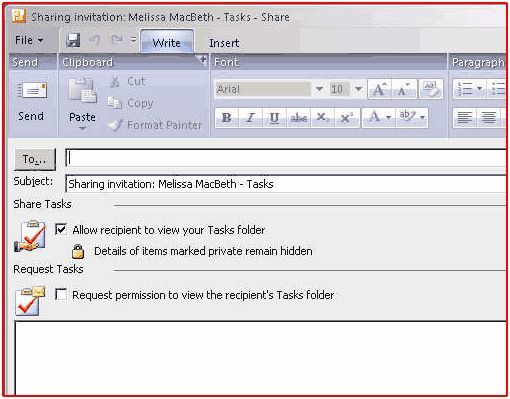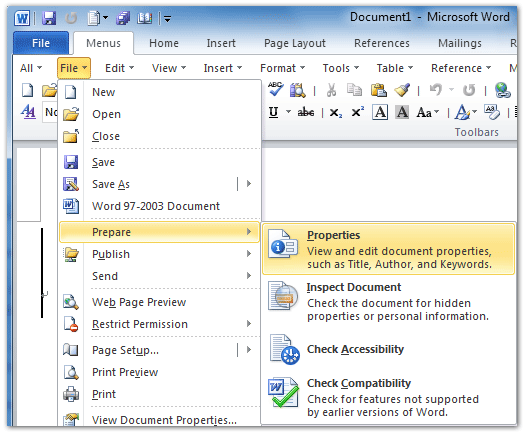

If you have other PATH and/or GUID that you would like to add to this list, write a comment about it and I'll update the post.
INSTALL OUTLOOK 2013 WITH OFFICE 2007 WINDOWS 7
This has been running fine with Outlook 2007 on a Windows 7 Plattform. In these scenarios, you may experience the following problems when you use the earlier version of Outlook. I am continuing development of an outlook addin created with VS2012, targeting. In case you also need the installation GUIDs, for example to retrieve some Office-related installation data from Windows Installer and/or Registry Editor, I'm also enumerating those (source: ): Office XP You have Office 2013 Click-to-Run installed side-by-side with a MSI-based installation of Office 2016, Office 2010 or Office 2007. If you never heard of Click-To-Run installation mode, read here. However, before jumping directly on the solution let us learn the reason behind this. They have to face certain challenges whenever it comes to adding OST file to Outlook 2003, 2007, 2010, 20. This is due to the increasing queries of users on the same. If it functions properly, go back and enable each add-in one at a. The article entails the method to add OST file to Outlook.


Does it work in Office 2007 and Office 2013 on the assumption that: - VSTOR 4.0 is installed on the client machine - Only Office 2007 Object Model functions and methods are used, not one introduced in later versions. In the list of updates, locate and then click update 2767916, and then click Uninstall. I am developing an Outlook Addin with VSTO and it must be deployed on Outlook 2007-2010-2013. The executable files have kept the same names since Office XP, which are the following:Ĭ : \Program Files \Microsoft Office \Office10 \Ĭ : \Program Files (x86 ) \Microsoft Office \Office10 \Ĭ : \Program Files \Microsoft Office \Office11 \Ĭ : \Program Files (x86 ) \Microsoft Office \Office11 \Ĭ : \Program Files \Microsoft Office \Office12 \Ĭ : \Program Files (x86 ) \Microsoft Office \Office12 \Ĭ : \Program Files \Microsoft Office \Office14 \Ĭ : \Program Files (x86 ) \Microsoft Office \Office14 \Ĭ : \Program Files \Microsoft Office 14 \ClientX64 \Root \Office14 \Ĭ : \Program Files (x86 ) \Microsoft Office 14 \ClientX86 \Root \Office14 \Ĭ : \Program Files \Microsoft Office \Office15 \Ĭ : \Program Files (x86 ) \Microsoft Office \Office15 \Ĭ : \Program Files \Microsoft Office 15 \ClientX64 \Root \Office15 \Ĭ : \Program Files (x86 ) \Microsoft Office 15 \ClientX86 \Root \Office15 \Ĭ : \Program Files \Microsoft Office \Office16 \Ĭ : \Program Files (x86 ) \Microsoft Office \Office16 \Ĭ : \Program Files \Microsoft Office 16 \ClientX64 \Root \Office16 \Ĭ : \Program Files (x86 ) \Microsoft Office 16 \ClientX86 \Root \Office16 \ I decided to change from Mozilla Thunderbird to Outlook 2007. Use one of the following procedures, depending on the operating system that you are running. Hoping to be useful, I'm setting up a public list of all the installation paths of the various versions of Office (from XP to 2016) for all Windows systems.Īll the applications provided by the Office suite ( Word, Excel, Outlook, Access, Powerpoint), if installed, can be found within the given folder(s).


 0 kommentar(er)
0 kommentar(er)
